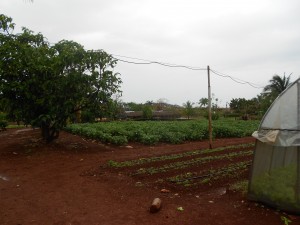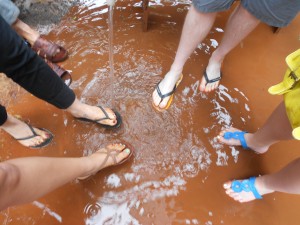By Sarah Sterling
While I was on my way back from Cuba to D.C., I had a three-hour layover in Miami with nothing to read and lots of time to kill. I decided to peruse a bookstore, as expensive as they might be in airports, to pick up something light and fun to read. There I found a great book called “Fork in the Road” by Lonely Planet, which contains short stories by food aficionados from their travels all over the world. Once I started reading, I couldn’t stop. It made me realize how much my travels and memories of places are linked to the food I have eaten while I was there.
While I am not a famous food critique or a professional chef by any stretch of the imagination, I do love food. It’s not necessarily the food itself — the ingredients, the aroma, the flavors — that I love about food but more so the emotions it evokes in me and how it can directly connect me to a specific place and time. All three of the foods are linked to memories that I will now have forever of Cuba.
In Cuba food is so much more than just food – it contains the soul of the culture, history, and the people. It is infused with meaning and in Cuba, food is a type of daily religion that everyone practices. Croquetas, ropa vieja, and tostones were all iconic foods during my short trip in Cuba and while there were many other staple foods (like my favorite Cuban black beans and rice) these three were the ones that also connected me to the country itself and helped me to start to try to make sense of a country full of wild juxtapositions and contradictions, and a place that will leave you with more questions than you had before you got there.





